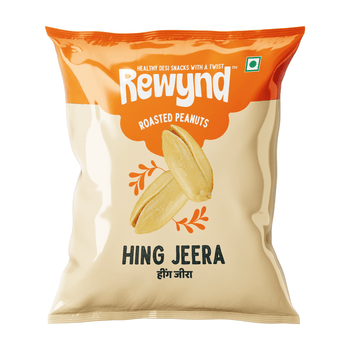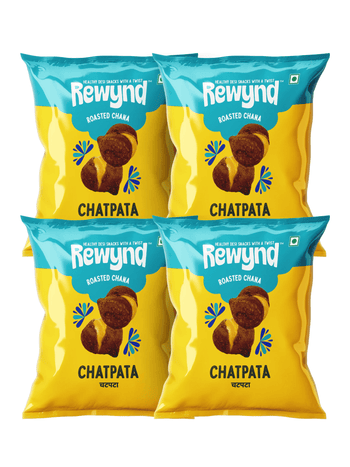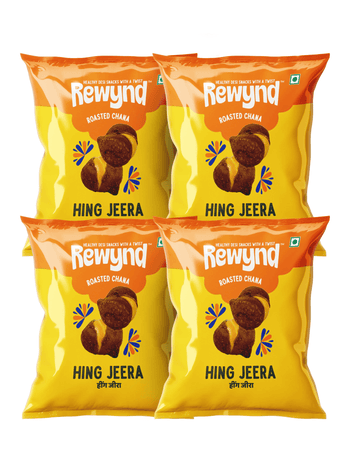"Kai po che…!" Sure, you read it in the tone you hear when you or your mates cut anyone's kite on Makar Sankranti. The delightful screams of joy when you cut others' kites, the varieties of chikkis we get to savor, and all other things in between just make all of us wait for Makar Sankranti all year round.
But have you ever had this question hammering in your head: what is the reason behind celebrating Makar Sankranti? What are the traditional rituals to be followed, and so on and so forth?
Worry not; in this blog, you will discover the history and significance of Makar Sankranti, Makar Sankranti date 2026, all about Makar Sankranti food, celebrations, Makar Sankranti gifting ideas, and more.
What is Makar Sankranti? History & Significance of Makar Sankranti
Did you know the word 'Sankranti' literally means 'Movement'. Makar Sankranti signifies the Movement of the Sun in Makar rashi or the Capricorn zodiac.
According to the Vedas, the movement of the Sun from one Rashi (constellation of Zodiac) to another marks a Sankranti. Therefore, you could say we have a total of 12 Sankranti in a year, out of which Makar Sankranti, also known as 'Poush Sankranti,' is one of the most auspicious Hindu festivals.
When the Sun moves from the Southern hemisphere (Dakshinayan) to the Northern hemisphere (Uttarayan) and enters the Makar Rashi, it also denotes the end of winter, making Makar Sankranti not only religiously significant but also seasonally important.
So, What's the seasonal importance of Makar Sankranti?
Since it marks the end of the Winter season, it means it's time to get ready to reap the harvest and start preparing for summer crops, making it a significant occasion for farmers as well.
Interesting Stories behind Makar Sankranti:
How fascinating is it to know that India's history and culture are so rich, you always find some interesting stories behind festivals and occasions, and these are not for any entertainment purposes but for teaching or making us recall important lessons time and again.
One such story is about a monstrous demon named Sankarasur, who created havoc on Earth, killing people left and right without any mercy. Goddess Sankranti then appeared to save the people from the demon and remind everyone that evil is destined to be destroyed.
Another interesting account of Makar Sankranti dates back to the Mahabharat. It is said that Bhishma Pitamah, who had the boon to die at his will, decided to leave his mortal body on the day of Makar Sankranti/Uttarayan, and he received Moksha (freedom) from the cycle of death and birth.
From there comes this belief that whoever passes away on the day of Makar Sankranti will find a place in heaven and never go through the cycle of birth and death again.
Makar Sankranti 2026 Date

The date of Makar Sankranti is decided as per the Hindu Solar Calendar, and according to the calendar, Makar Sankranti falls on the first day of the month of Magh.
Makar Sankranti is usually celebrated on the 14th of January every year based on the Gregorian calendar.
According to the Drikpanchang, we will celebrate Makar Sankranti this year on 14th January, Wednesday. The auspicious time for Makar Sankranti this year is from 3:13 p.m. to 5:45 p.m.
Makar Sankranti celebrations in different parts of India:
It won't come as a surprise that Makar Sankranti is celebrated across India in different forms; our rich culture and heritage are our pride and something that unites us across the gigantic diversity of regions and places.
One such fundamental element of our culture and tradition is to worship the Sun, Surya Devta. He is believed to be the absolute manifestation of the Supreme, providing us with the life force energy, spiritual light, and wisdom.
Therefore, people across India celebrate Makar Sankranti in different forms. Sure, you must have heard about Lohri and Pongal, but do you know about celebrations in other parts of the country? Let's check out.
Lohri:
This requires no introduction. Revolving around the holy fire, singing, and dancing, offering til (sesame), jaggery, corn, and sweets to pay respects to Surya Dev is how Lohri is celebrated to mark the end of winter and the beginning of the harvest season in the Northern parts of the country.
Pongal:
Celebrated more elaborately in Tamil Nadu, this 4-day festival breathes new life into the people and nature. From cleaning and purifying the home to preparing rice meals and worshipping cattle as an ode to their contributions and the community gatherings to strengthen the bonds, Pongal truly encapsulates the new beginnings.
Magh Bihu:
Celebrating as delightfully as Lohri and bearing equal significance for the worship of Surya Dev, Magh Bihu is celebrated in Assam to mark the beginning of the harvest season. Traditional dances, traditional dishes, worshipping Surya dev, paying respects to nature, and a zealous community celebration are what Magh Bihu is all about!
Pedda Panduga:
Celebrated in Andhra Pradesh, Pedda Panduga also marks the end of the winter season and the beginning of the harvest season.
Makar Sankranti Rituals and Food:
Here we come to one of the most important parts of the celebration, which are the rituals and of course, how can we miss out on food!
Our scriptures suggest bathing before sunrise by mixing a small amount of Til or Sesame seeds into the bathing water, which gives a positive start to this auspicious day. Oh, and also, don't forget to offer prayers to Surya Dev by chanting Gayatri Mantra and doing Argya, which means offering water to the Sun.
And, coming to the most awaited part, food! Since Makar Sankranti is a time to reap the harvest, traditionally, we eat freshly harvested food grains after offering them to the Gods. The best option here is given by Ayurveda, which suggests eating Khichdi, a simple, easy-to-digest, nourishing, and fulfilling dish meant to prepare our body for the change in season while keeping our body and appetite balanced.
Another best part of the Makar Sankranti food is our favorite Til (sesame) and jaggery laddus! Just thinking about it is so mouth-watering, can't wait to have them, right?
But do you know why we eat Til (sesame seeds) at the beginning of this new season? Because of its ability to absorb negativity and improvise our "Sattva" guna - purity, harmony, and goodness for our spiritual upliftment.
Kite Flying:
Makar Sankranti without kite flying is unimaginable, right?
We all have a sentimental value attached to kite flying on Makar Sankranti, whether we are good or bad kite flyers.
However, have you ever wondered why we fly kites on Makar Sankranti? We must recognize the genius of our ancestors who came up with the idea of flying kites first thing in the morning on the day of Makar Sankranti so that we can soak in the goodness of Vitamin D and the blessings of Surya Dev as he entered the Makar Rashi.
In olden times, it was a part of the celebration in the royal courts of India, and in the current times, it has become an internationally recognized sport attracting people from all over the world. So keep this on your bucket list to attend the kite festival, especially Ahmedabad's (In Gujarat) Kite Festival, the most happening kite flying event.
Go get your kites and firkins ready for this Makar Sankranti, but don't forget the tasty and healthy Til-Gud chikkis to make it a sweet start to the new spring season ahead.
FAQs
1. When is Makar Sankranti in 2026?
Makar Sankranti will be celebrated on 14th January 2026, Wednesday and the auspicious time, according to Drikpanchang, is between 3:13 p.m. and 5:45 p.m.
2. Is Makar Sankranti celebrated outside of India?
Makar Sankranti, being a Hindu festival, is celebrated in India and also in Nepal. Apart from that, there are few other countries which celebrate the new harvest festival, with their own local traditions.
3. What are the traditional foods prepared and enjoyed during Makar Sankranti?
Traditional Makar Sankranti foods include Til Gud laddus, Puran Poli, Khichdi, Undhiyu, Pongal, Gur Halwa, etc.
4. What are the tasty dishes prepared for Makar Sankranti?
Some tasty dishes you can try making this Makar Sankranti are Puran Poli, Undhiyu, Sabudana Vada, Bhogichi Bhaji, Khara Pongal, etc.























































